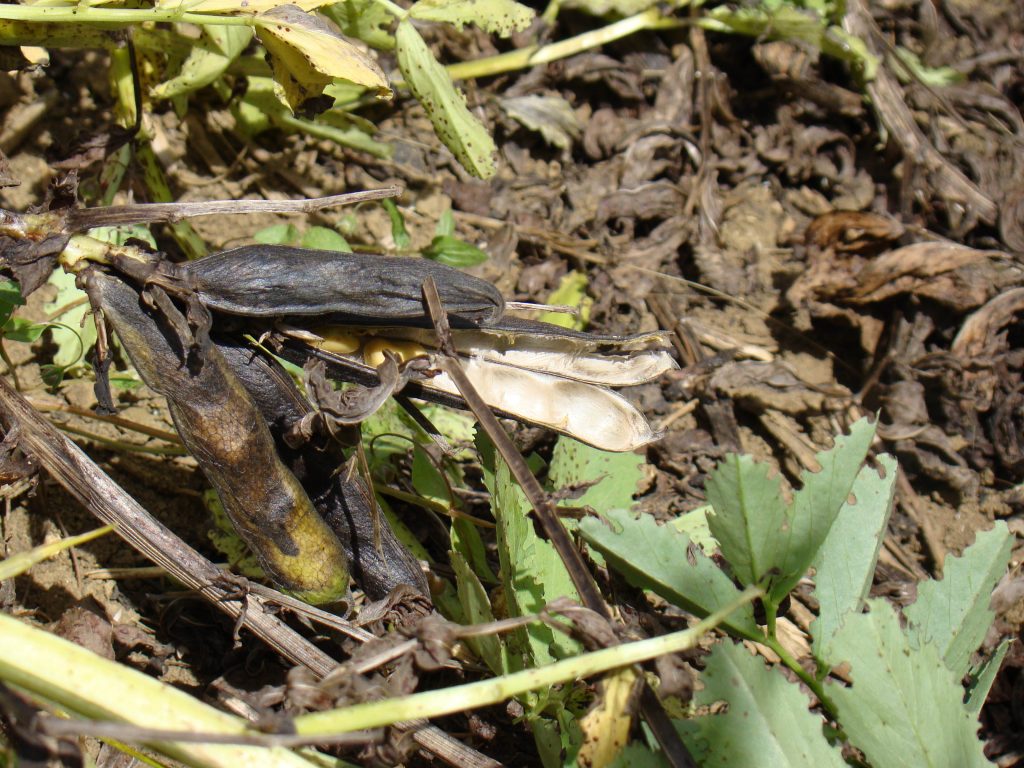Reduce pea and bean losses at harvest by more than 20%
28th July 2016
The area of peas and beans has increased dramatically in recent years, but their susceptibility to pod-shatter losses has raised fears that many will be disappointed with performance unless they
The area of peas and beans has increased dramatically in recent years, but their susceptibility to pod-shatter losses has raised fears that many will be disappointed with performance unless they take action to protect crops.
A near 60% increase in the area of field beans and almost a 40% increase in the area of dry peas between 2014 and 2015 suggests a number of growers are either coming to the crop for the first time or returning to them after a period away.
Several reasons have been put forward to explain the increased area of pulses within the rotation such as the introduction of the three-crop rule, a greater determination to tackle black-grass by increasing the area of spring crops and the general fall in farm profitability which has led to growers switching to crops cheaper to grow.
Whatever the reason, if pulses are to meet grower expectations losses need to be minimised, says Simon McMunn, De Sangosse commercial manager.
“Those that have been growing peas and beans for many years will be familiar with their ability to shed seed in the weeks between desiccation and harvest. Consequently, most will apply a pod-sealant such as Pod-Stik to deliver up to 12 weeks of protection against shatter losses,” he says.
“You’ll get an impressive return with Pod-Stik. In trials, Pod-Stik gave a 25.5% reduction in beans and 21% reduction in peas found on the ground (after combining). This saved seed resulted in an average 8% increase in yield in peas and beans. Typically for peas we have seen a 0.4t/ha yield saving and 0.6t/ha in beans.”
Not only does this promote better crop gross margins, but the reduction in volunteers also leads to less slug pressure in the following crop.
“Forecasts suggest slug pressure this autumn could eclipse that of 2012 so any action that promotes cultural control should not be overlooked,” says Simon McMunn.

